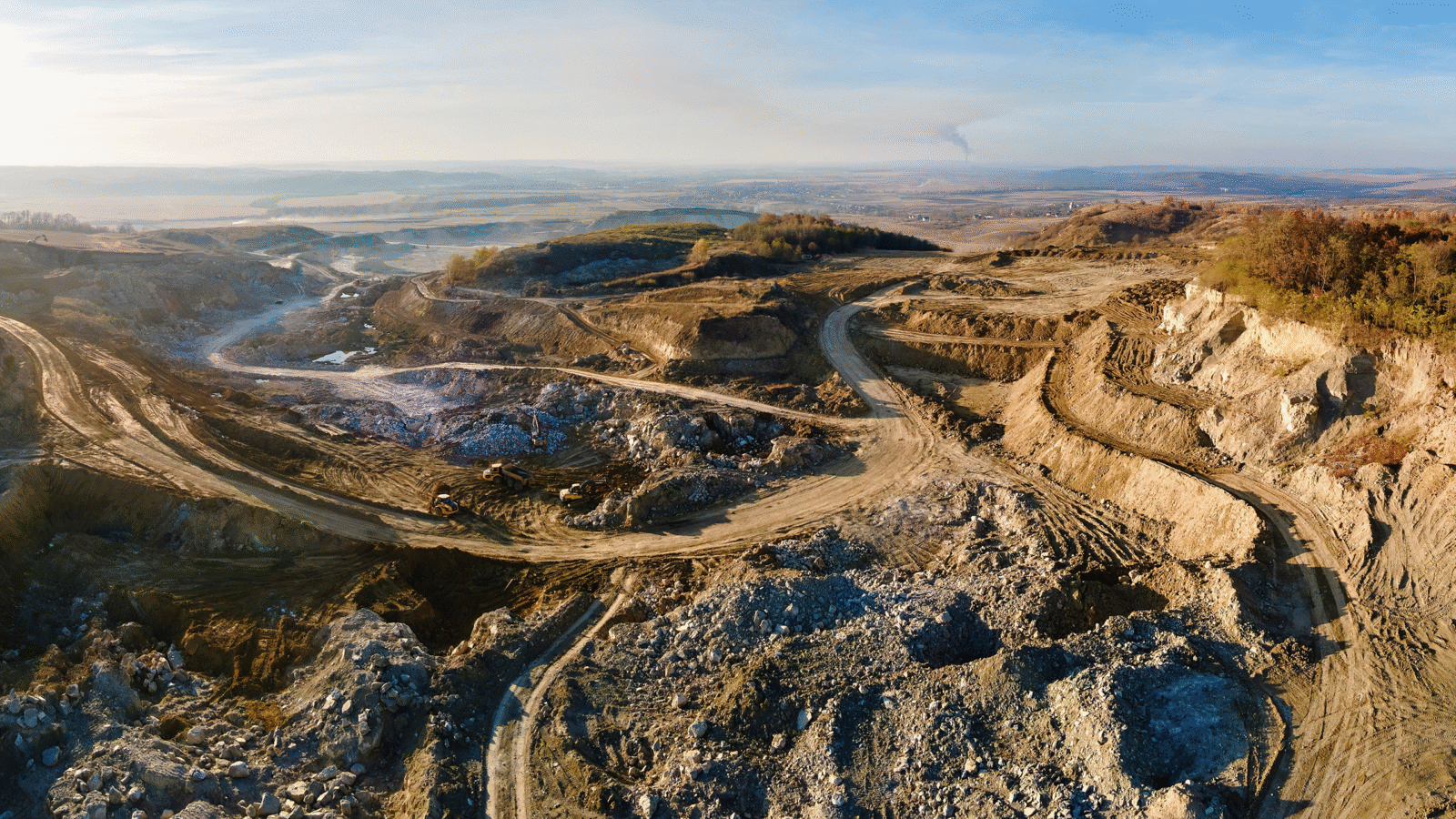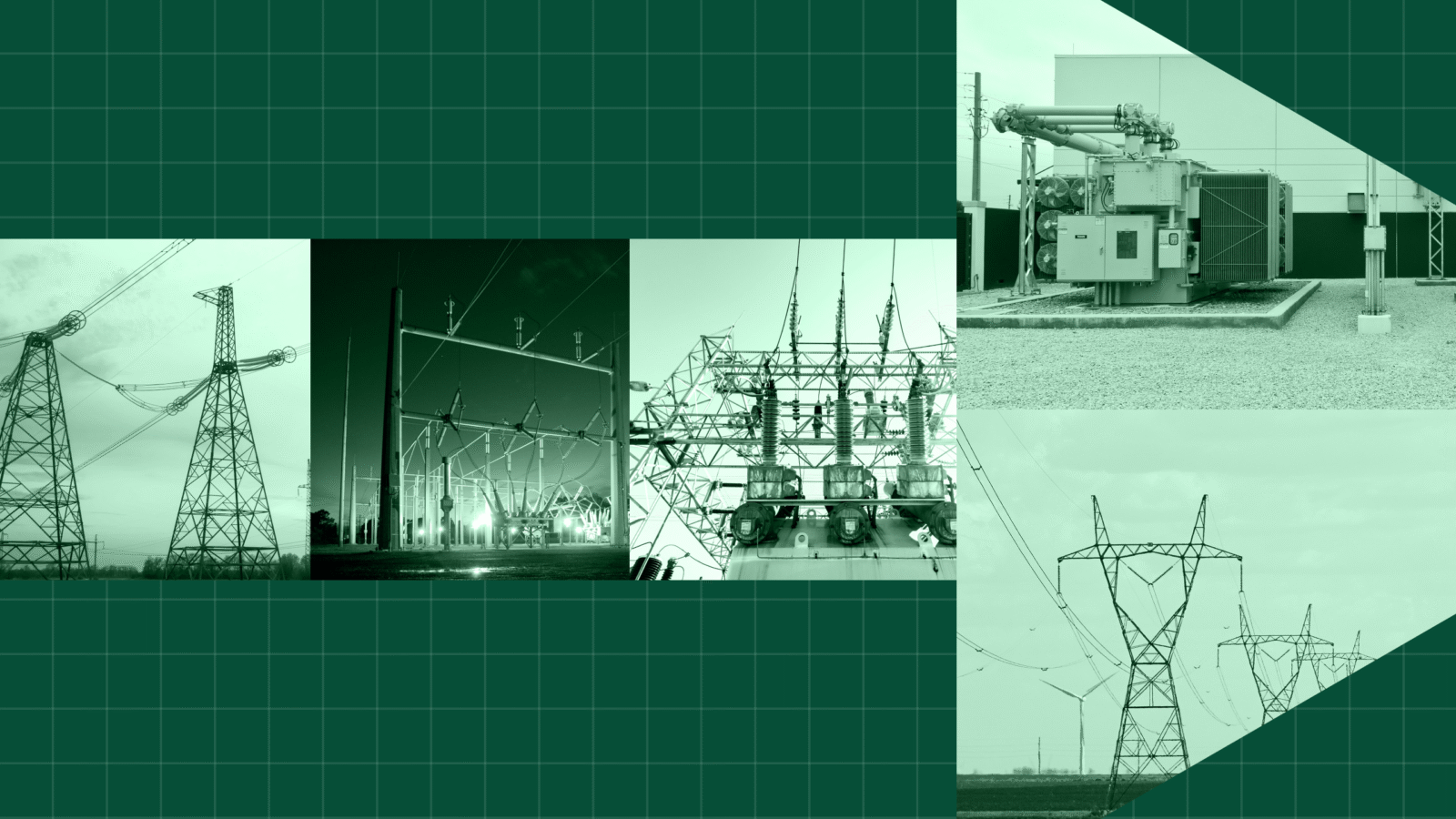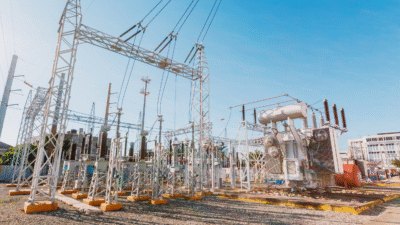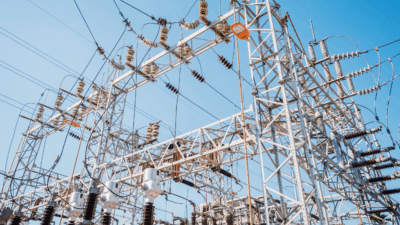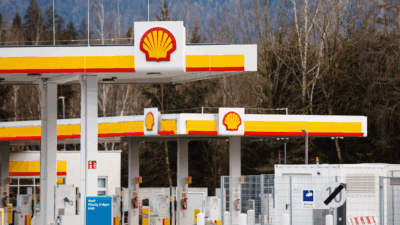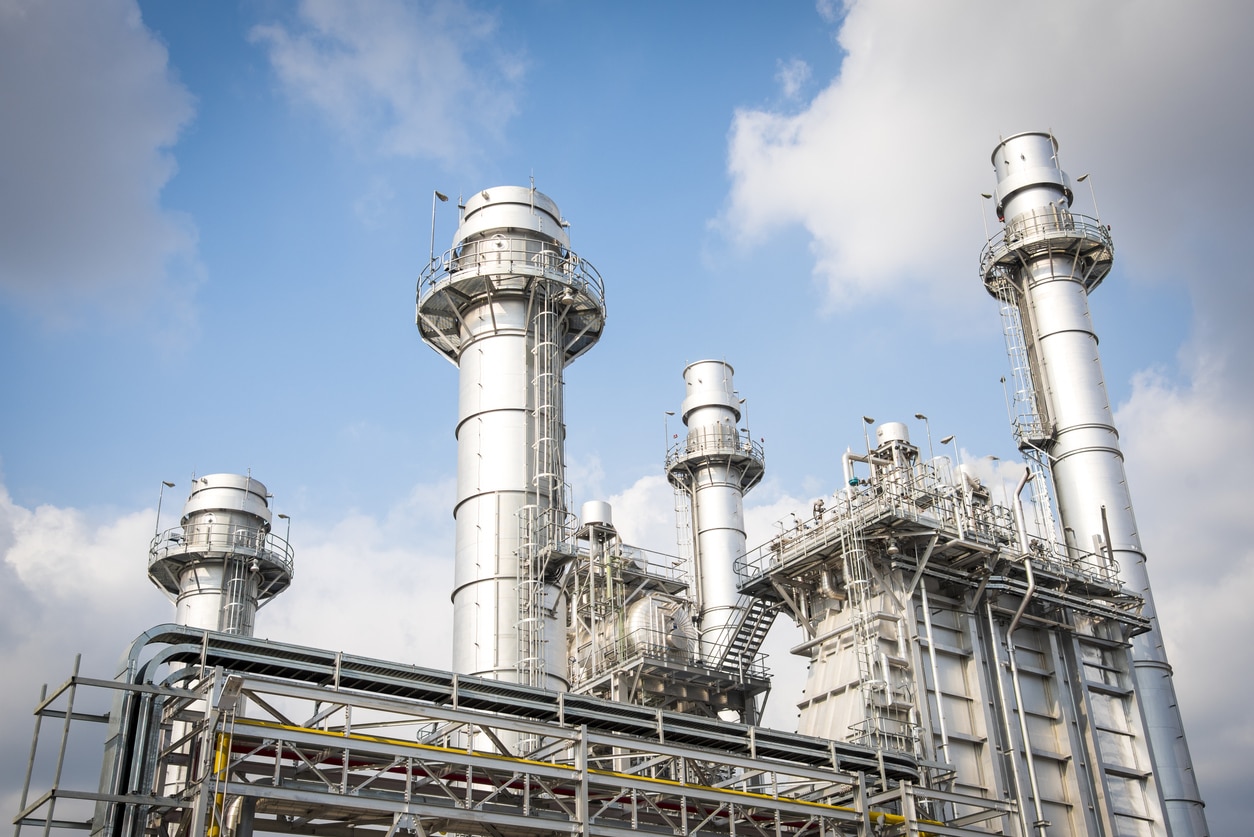
Sign up for smart news, insights, and analysis on the biggest financial stories of the day.
The folks over at Lambo must have had an early read on this story.
The International Energy Agency made a distressing alert on Tuesday: while “still achievable,” the path to net-zero emissions by 2050 — a central pillar of the Paris Agreement — is “narrow.”
The world’s biggest energy watchdog asserts that investments in new fossil-fuel projects should be halted immediately, along with sales of combustion-engine cars by 2035.
Something is Proper in the State of Denmark
The U.S., which rejoined the Paris Agreement earlier this year, has a goal to halve emissions by 2030. And the U.K. and EU are aiming for carbon neutrality by 2050, while China’s target is 2060.
But with the sole exception of Denmark, no country has moved to end all oil and gas exploration. With that in mind, the IEA is calling for a massive rethink of the global energy economy, and stat:
- To guarantee enough low-carbon energy, the IEA says investment in the energy sector must more than double to $5 trillion by 2030 (it’s at $2 trillion now).
- The sun and wind can only take us so far – the report says almost half the reductions needed by 2050 will “come from technologies that are currently at the demonstration or prototype phase.” That means up-and-coming fields like low-carbon hydrogen, advanced batteries, and carbon capture technology will need to scale and scale fast.
Just Ask a New Yorker: The once hard-to-define price tag of climate change is getting easier to quantify. A study released Tuesday in the peer-reviewed science journal Climate Communications combined flood-damage modeling with climate models to determine that $8 billion of the $60 billion in damages caused by 2012’s Hurricane Sandy to New York City can be pinned on human-caused sea level rise.
And to think of all the electric Lambos that money could have been spent on…
